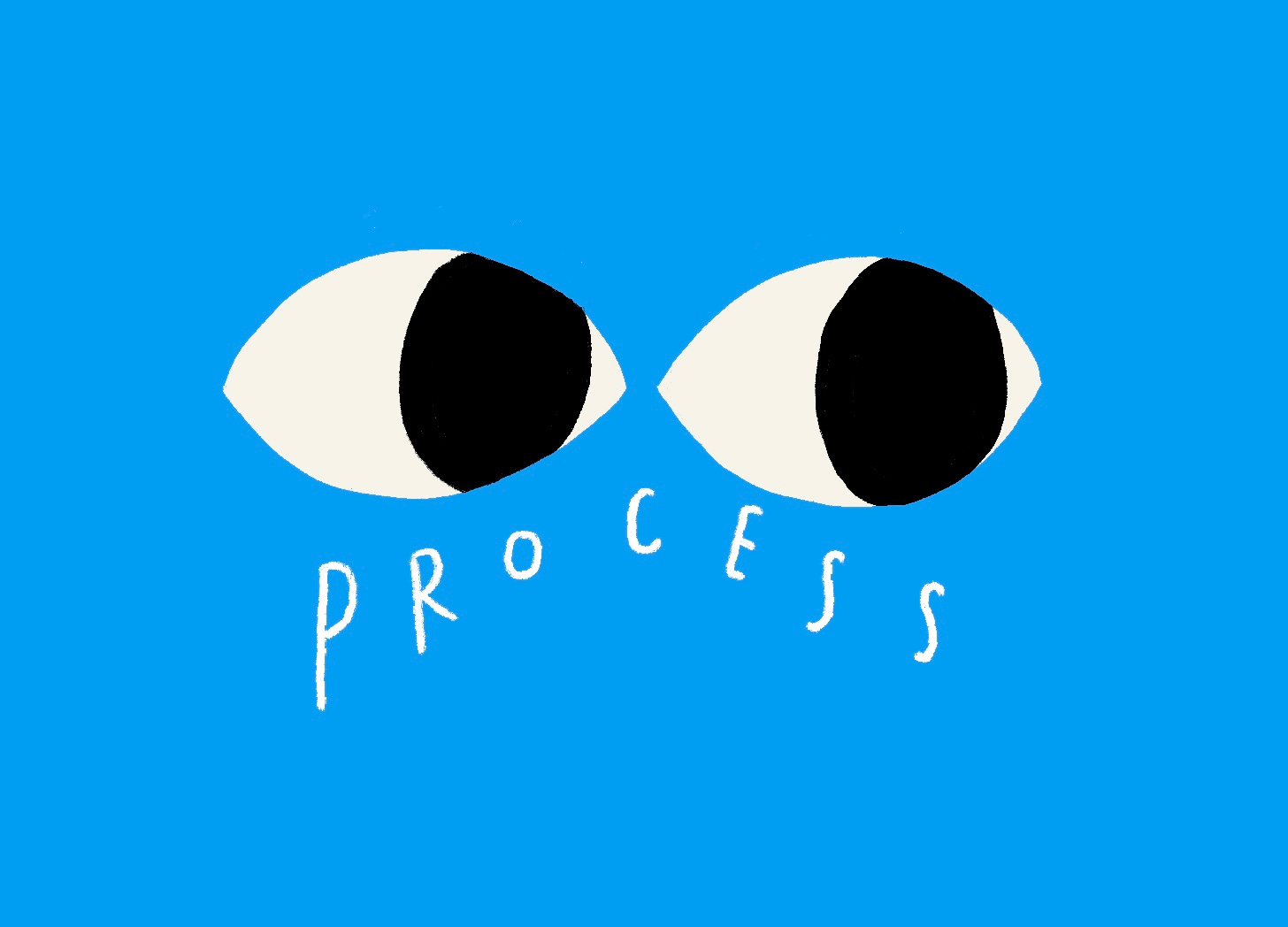Copy the Design Process to Make Sense of Messy Challenges
Learn the steps, practise them, and trust the process as it guides you.
Designers rely on a clear process when they work. At the start, they may not know how everything will turn out, but they trust the process because they understand it, have used it many times, and know it can guide them from confusion to clarity.
Most of us do not have anything like that in our everyday lives. We react, assume, jump to solutions, and hope for the best. Designers do not always apply their process outside of work either, but if they had the chance to pause and recognise its relevance, the thinking transfers quite easily. For everyone else, learning the design process can help guide and structure our thinking.
To trust a process, we first need to know it and use it.
Over time, it becomes something that supports us when life feels messy or overwhelming. And that is where the design process can be surprisingly helpful, and totally worth copying!
Design Process: Common sense that’s not common practice
Designers move through two main parts: the challenge and the solution.
Understand the challenge objectively
They take time to understand what’s going on from multiple perspectives before deciding what truly needs attention. This is where they get curious, actively seek, observe, empathise, see patterns, and make sense of the bigger picture.Explore the solution beyond what immediately comes to mind
Once the problem is clear, they explore different possibilities before trying them out. This is where they actively create and improve as they go.
The process is supported by tools that help us stay objective as we seek, collect, simplify, create, and choose. Designers use these tools to make sense of what they find, but the real value is in how this way of working keeps us focused on what we can actually control. When we move through each step with intention, our decisions build on one another, widening our sense of possibility and guiding us towards the best we can do with what we know at that moment.
I know, this all sounds like common sense. Most of us think we already do this, but in reality, we often react quickly, make assumptions, and jump into quick solutions more often than we realise.
Start putting it into practice
When we use this process to think through everyday challenges, our thoughts will not appear in a neat, linear order. Our mind moves in loops. Ideas pop up without warning. We start to notice that our thoughts toggle between the four steps of the process (understand, clarity, create, improve).
The key is knowing which bucket a thought belongs to, and parking it there until we are ready to make sense of it. This keeps our thinking grounded rather than scattered. And once we get the hang of it, we feel more assured knowing that we can always look deeper and do better when we need to.
When we learn to see challenges through this lens, we shift our focus away from the outcome and towards the journey, the part we can actually shape.




